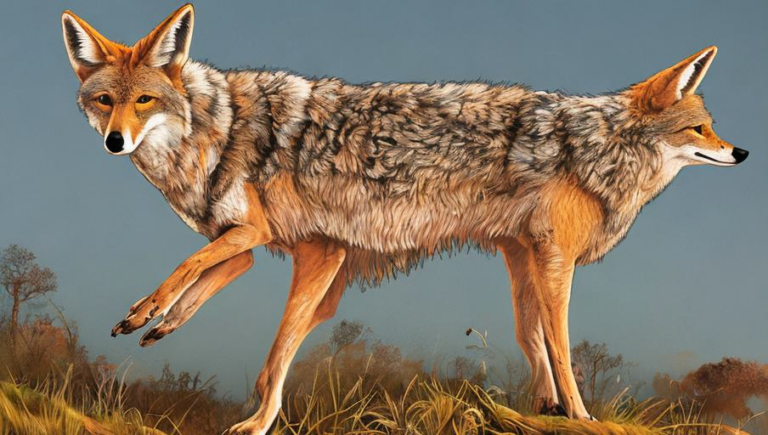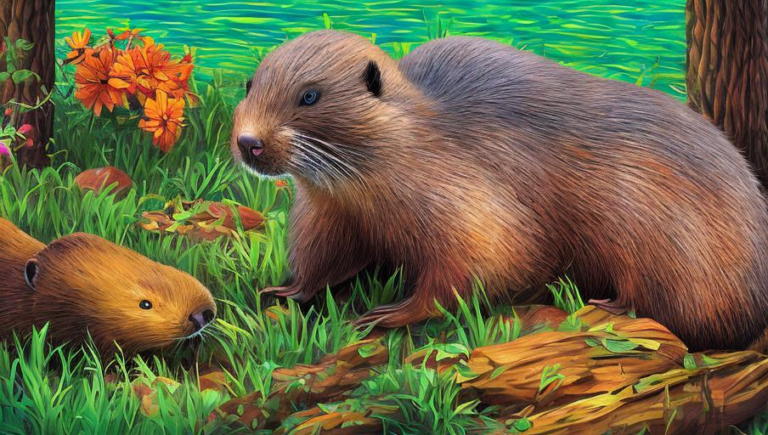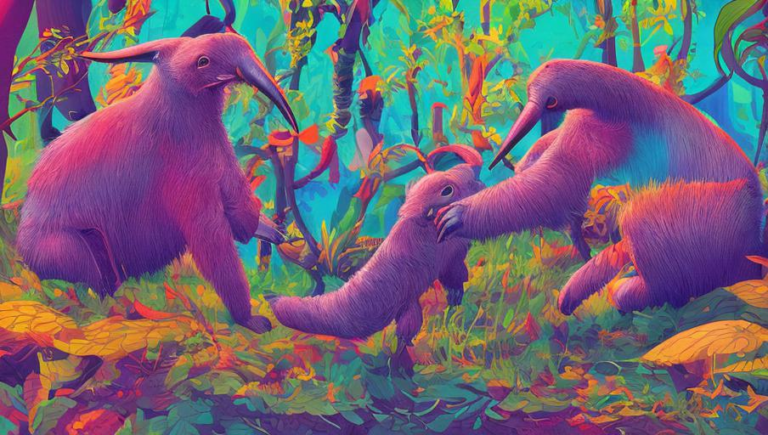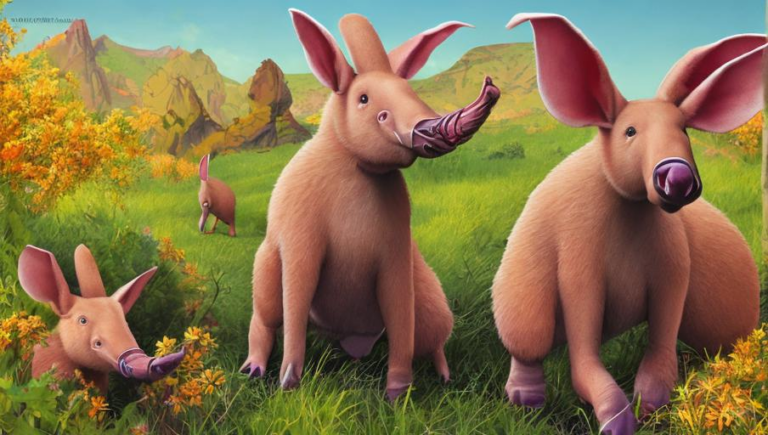Biology of Boars
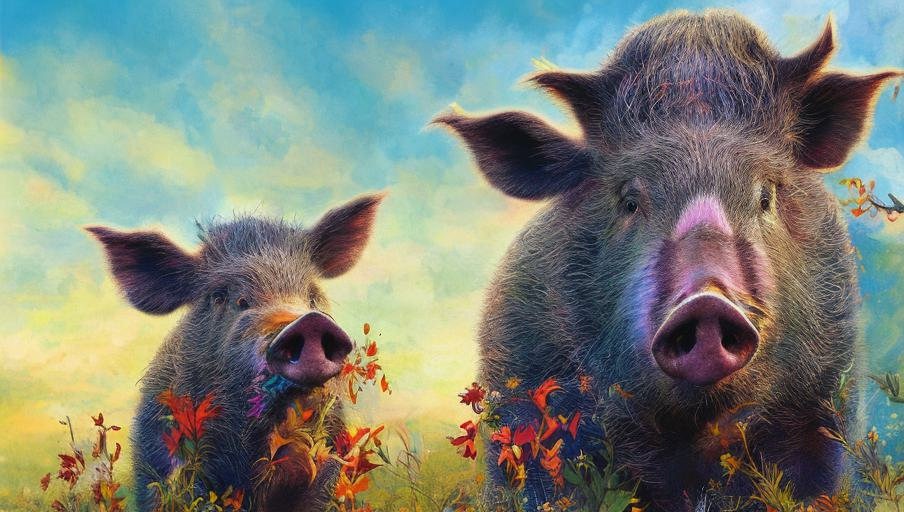
Introduction
Boars are a type of wild pig that are found in many parts of the world. They are highly adaptable animals that can live in a variety of habitats, from forests and grasslands to wetlands and deserts. Boars are omnivorous, eating a diet of both plants and animals, and they can be active at any time of day. They are social animals and live in groups, or sounders, of up to 30 individuals.
Physical Characteristics
Boars are typically black, brown, or gray in color and have a bristly coat of fur. They have long snouts and large tusks that they use to dig up food and defend themselves. Boars can weigh anywhere from 30 to 600 pounds and typically stand 2-3 feet tall at the shoulder. They have a life span of 5-8 years in the wild.
Habitats
Boars live in a variety of habitats, including forests, grasslands, wetlands, and deserts. They can also be found in cultivated areas and farmlands, where they often feed on crops. Boars prefer areas with dense vegetation, such as thickets and swamps, as these provide shelter and protection from predators. They are also found in mountain ranges and coastal areas, where they feed on acorns, chestnuts, and other nuts.
Behavior
Boars are social animals and live in sounders, or groups, of up to 30 individuals. The group is led by a dominant male and includes other adults, sub-adults, and young boars. Boars communicate with each other through vocalizations and body language. They are active throughout the day and night, and mostly forage for food. Boars are also highly territorial and will defend their territory against other boars and predators.
Reproduction
Boars reach sexual maturity at around 1-2 years of age. Breeding usually occurs in the late fall and winter. After a gestation period of 4-5 months, the female boar gives birth to a litter of 2-6 piglets. The piglets remain with their mother for several months before dispersing to form their own sounders. Boars can live up to 8 years in the wild.
Threats
Boars are hunted for their meat and fur, and their populations have been drastically reduced in some areas. They are also threatened by habitat destruction and fragmentation, as well as competition from other animals. Boars are also susceptible to diseases and parasites, which can further reduce their numbers.
Conservation
Boars are protected in some areas, but their populations are still threatened. Conservation efforts include protection of their habitats, as well as reintroduction of boars into areas where they have been extirpated. Additionally, hunting of boars is regulated, and some areas have instituted hunting restrictions to help protect their populations.
Conclusion
Boars are fascinating animals that live in many different habitats around the world. They are social animals with unique behaviors and characteristics. Unfortunately, their populations are threatened by habitat destruction and hunting, and conservation efforts are needed to ensure their survival. By learning more about boars and their habitats, we can increase our understanding of their ecology and help protect them.
